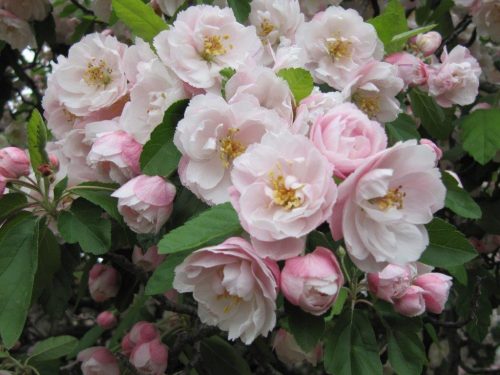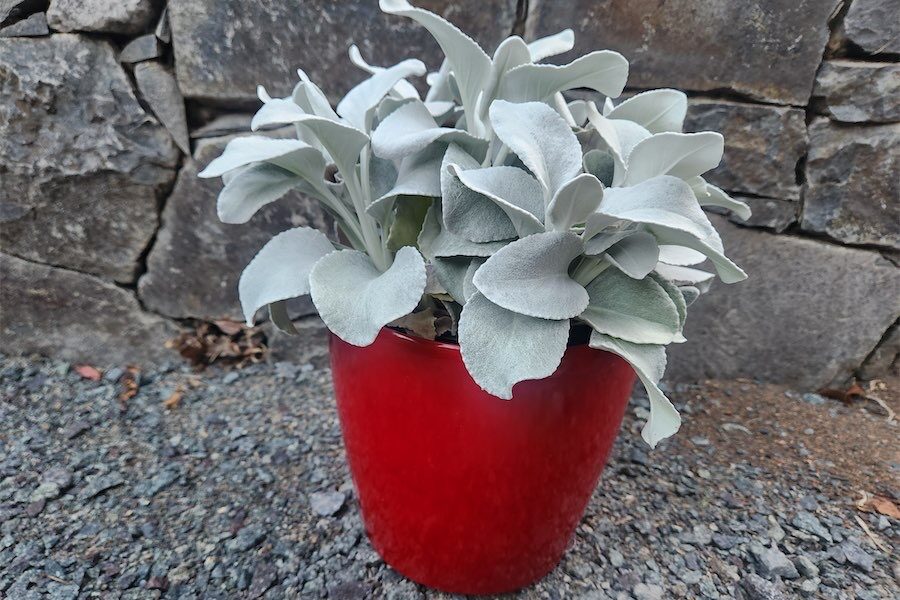
“We’ve had all the pleasure of the massed flower displays of Floriade over 20-odd years, but no blossom trees in spring to compliment this show,” laments gardening columnist CEDRIC BRYANT.
I’M often asked what my favourite tree or shrub is. My standard answer is “the one I’m looking at”.

However, I have a special affinity for blossom trees. In the early days of this city, there were many more blossom trees planted than today, especially in the older suburbs. For example, look at Flinders Way, Griffith, compared with most of Belconnen, where eucalypts dominate the streetscapes.
However, I cannot recall any serious groups of blossom trees in Commonwealth Park.
Surprisingly, given our highly competent parks and gardens personnel, the park was designed by an English woman, Dame Sylvia Crowe, who was brought out in 1964.
Dame Sylvia was well-known internationally for her landscape designs, featured in her book “Garden Design”. This is still a standard reference book for anyone studying landscape design, as I did many years ago. One of her classic quotes is “A garden can give two separate pleasures – the pleasure of the growing plant with its individual beauty, and the pleasure of the garden as a whole, as a world to live in and look at”.
However, I have a major problem with her design of Commonwealth Park, and I have a copy of her original plan. It would appear that Crowe did not like blossom trees. Admittedly, there is a line of Manchurian pears on the National Library side of the lake.

We’ve had all the pleasure of the massed flower displays of Floriade over 20-odd years, but no blossom trees in spring to compliment this show. Maybe it’s time the National Capital Authority addressed this issue.
Certainly, much of the park needs some serious revitalisation. This includes getting rid of environmental weeds and some serious tree pruning, from Kings Avenue to Commonwealth Avenue.
The range of suitable blossom trees is extensive; ornamental crabapples, plums, magnolias, even smaller shrubs such as lilacs and crepe myrtles. Besides the floral effect, consider the fragrance of these trees. There used to be a couple of large groups of rhododendrons and azaleas in the park, which seem to have mysteriously disappeared.
PEAT moss causes serious problems, damaging fragile ecosystems, releasing stored carbons and contributing to climate change. More than 30 years ago, when we owned a nursery in Yass, we used and recommended peat for acid-loving plants, much of it at that time imported from Russia. Peat is still used in some potting mixes. In its natural state, water in peat bogs keeps the carbon in, but on draining peat for excavation for horticultural purposes, it begins to oxidise and carbon is released. In the UK alone, peat is the largest storage of carbon, containing an estimated 3.2 billion tonnes – more than all the UK’s forests! Some of the largest peat bogs are in Ireland.
According to a report in the journal of the Royal Horticultural Society, “The Garden”, the society stopped using peat in its four huge gardens some time ago. In England alone, existing peat bogs are highly degraded, emitting approximately 11 million tonnes of carbon dioxide equivalents annually, significantly contributing to climate change. If that figure was multiplied across the globe where peat is still used, the final figure would be frightening.
What’s the alternative? I recommend rotted pine needles, similarly acid in nature, and perfect for all acid-loving plants. Rake back the loose pine needles on top and use the composted, rotted needles underneath. The bottom line is: when you buy a bag of potting mix, make sure it’s peat-free.
Who can be trusted?
In a world of spin and confusion, there’s never been a more important time to support independent journalism in Canberra.
If you trust our work online and want to enforce the power of independent voices, I invite you to make a small contribution.
Every dollar of support is invested back into our journalism to help keep citynews.com.au strong and free.
Thank you,
Ian Meikle, editor




Leave a Reply